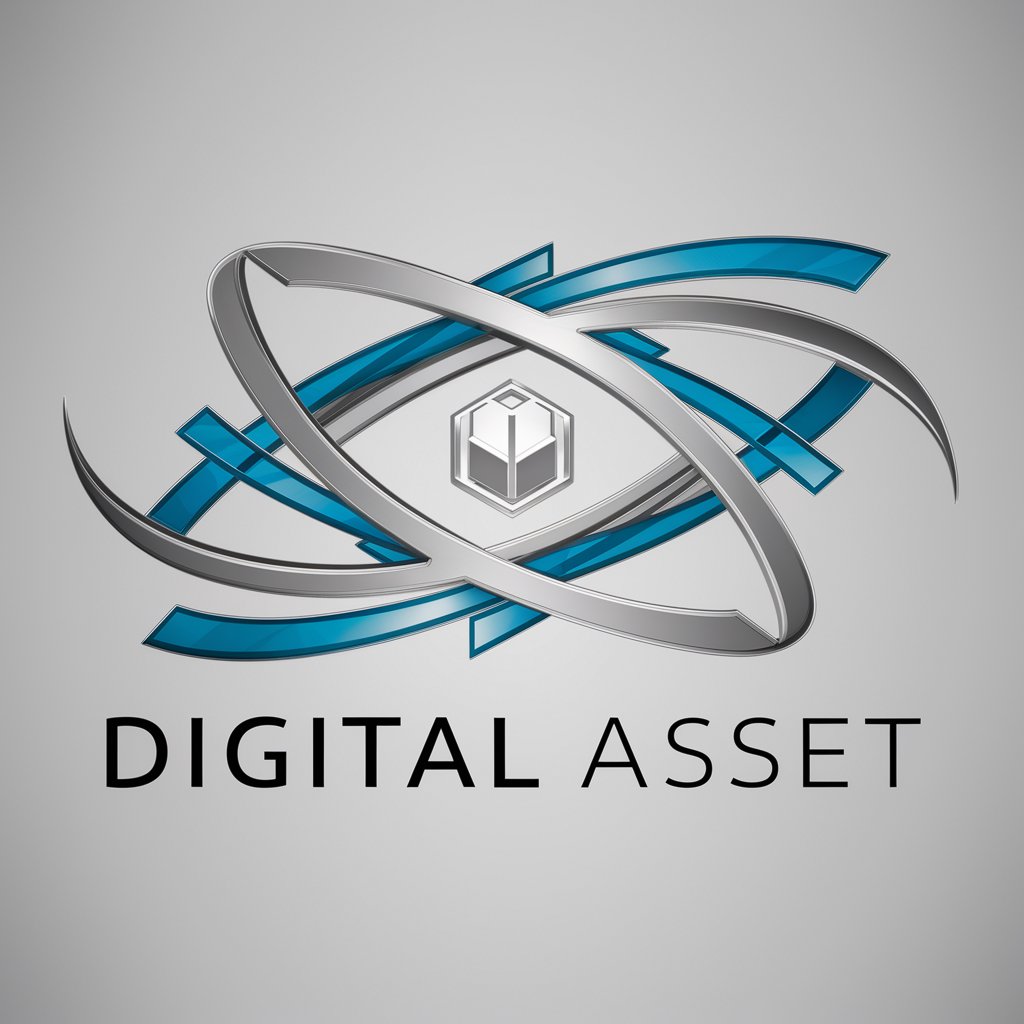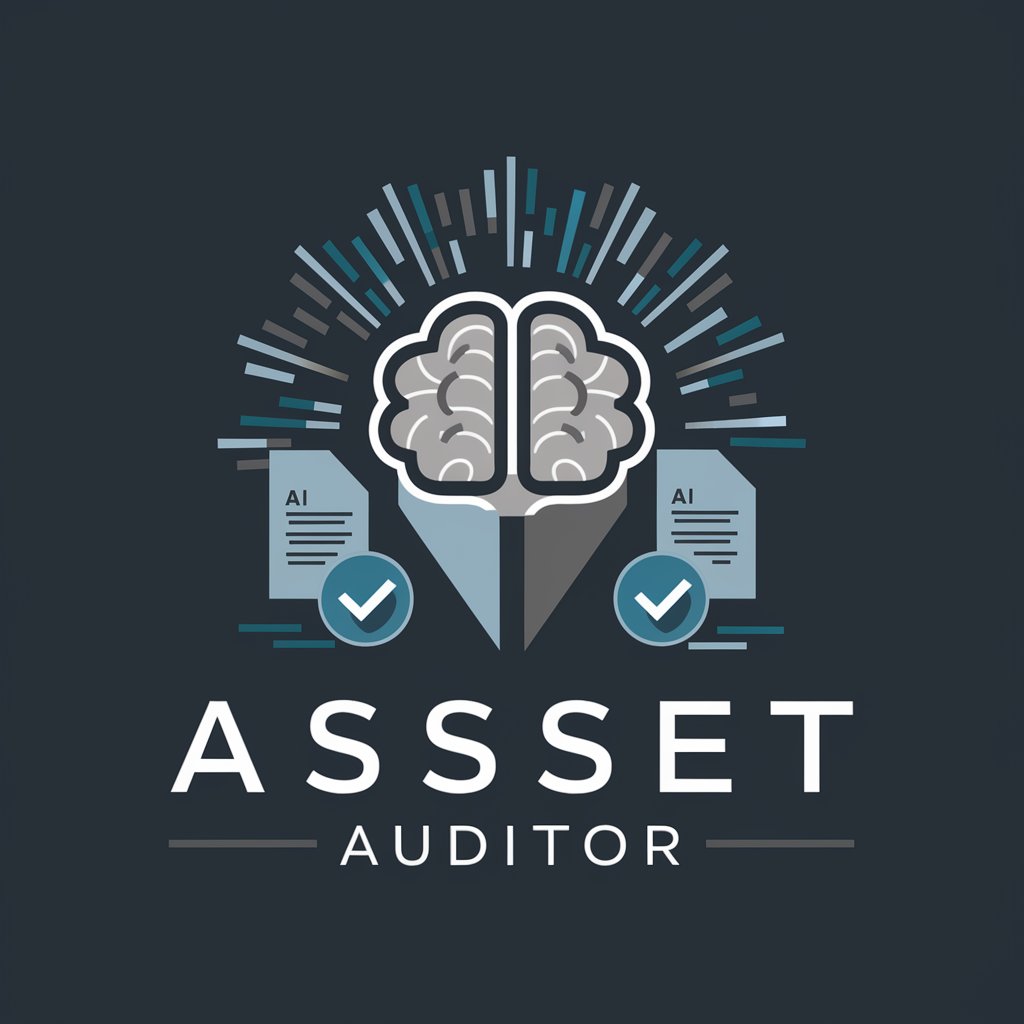
Asset Organizer - IT asset organization tool

Hi there! Let's organize your IT asset list together.
Streamline Your IT Assets with AI
How can I organize this list of IT assets?
Help me format this equipment list.
Can you sort these items into the standard columns?
I need assistance with structuring this asset list.
Get Embed Code
Understanding Asset Organizer
Asset Organizer is a specialized GPT designed to assist IT asset decommissioning companies, like ICT, in transforming client-provided equipment lists into a standardized, organized format. This tool is adept at handling various data formats, ensuring that each asset is categorized correctly according to Inbound Category, Quantity, Manufacturer, Model, Product Line, and Serial Number. The purpose behind Asset Organizer is to streamline the process of inventory management, especially for IT assets that are being decommissioned, recycled, or repurposed. For example, when a company decides to upgrade its computer systems, Asset Organizer can take the provided list of outgoing hardware, decipher the information, and lay it out in an easily understandable format. This facilitates a smoother transition process for ICT companies by saving time, reducing errors, and enhancing efficiency in asset management. Powered by ChatGPT-4o。

Core Functions of Asset Organizer
Standardization of Asset Lists
Example
Turning a chaotic list of various IT equipment into a structured table with specific columns for easier processing.
Scenario
An ICT company receives a mixed list of assets from a client undergoing an office cleanup. The list includes laptops, desktops, monitors, and servers from different manufacturers and of various models. Asset Organizer processes this list, organizing each item by category, make, and model, significantly simplifying inventory management for the company.
Identification and Categorization
Example
Detecting the type of IT asset from a description and categorizing it appropriately.
Scenario
A client submits a list with entries like 'HP ProBook 450 G5' without specifying the category. Asset Organizer automatically identifies these as laptops and categorizes them accordingly in the standardized list, aiding in the precise assessment and handling of the assets.
Error Reduction and Data Validation
Example
Cross-referencing provided data with known models and manufacturers to correct or flag discrepancies.
Scenario
In cases where a list includes a 'Dell Latitude 9400'—a non-existent model—Asset Organizer can flag this as a potential error, prompting a review. This ensures accuracy in the inventory records, which is crucial for valuation and decision-making processes.
Who Benefits from Asset Organizer?
IT Asset Decommissioning Companies
Companies specializing in the safe disposal, recycling, or repurposing of IT equipment. They benefit from Asset Organizer by achieving streamlined operations, enhanced accuracy in asset management, and improved efficiency in processing large volumes of equipment.
Corporate IT Departments
Large organizations looking to manage their IT asset lifecycle, from acquisition to decommissioning. These departments can use Asset Organizer to efficiently handle the transition of outgoing hardware, ensuring that everything is accounted for and processed correctly.
Recycling and E-Waste Management Firms
Firms focused on the environmentally responsible disposal of electronic waste. Asset Organizer helps these entities by providing detailed, organized lists of items for recycling, aiding in compliance with regulations and standards for e-waste management.

How to Use Asset Organizer
Begin a Trial
Visit yeschat.ai to start using Asset Organizer for free without any need to log in or subscribe to additional services.
Prepare Data
Gather your IT asset lists, including details like manufacturer, model, and serial numbers. Ensure the data is in a digital format that can be easily processed.
Upload Information
Use the Asset Organizer interface to upload your equipment lists. The system supports various formats like CSV, Excel, or direct text entry.
Specify Requirements
Configure the output settings according to your needs, specifying desired categories such as 'Manufacturer' or 'Model'. This tailors the processing to fit specific project requirements.
Receive Organized Data
Submit your list for processing. Asset Organizer will systematically convert your entries into a standardized format, ready for review or integration into your IT systems.
Try other advanced and practical GPTs
Asset Guardian
AI-powered Asset Protection

FOXI ASSENT
Enhancing industry solutions with AI

Digital Asset
Empowering blockchain understanding with AI

Asset Advisor)
Optimize investments with AI-driven insights

Asset Auditor
Power your asset management with AI

Asset Strategist
Empowering Investment Decisions with AI

Asset Advisor
Empowering Financial Decisions with AI

GAME GPT (Game Asset Making Engine)
Crafting Game Worlds with AI

2D Pixel Game Asset Artist
Craft Your Game's World with AI

Music Poster Generator
Design your sound visually with AI.

Music Lyric Art Generator
Transforming lyrics into visual art.

Music Video Prompt Generator
Elevate Your Music with AI-Powered Visuals

Frequently Asked Questions about Asset Organizer
What formats does Asset Organizer accept for data upload?
Asset Organizer can process data uploaded in multiple formats including CSV, Excel, and plain text documents.
How accurate is the data conversion in Asset Organizer?
The data conversion process in Asset Organizer is highly accurate, utilizing advanced algorithms to ensure data consistency and reliability.
Can Asset Organizer handle multiple asset categories simultaneously?
Yes, Asset Organizer is designed to handle various asset categories simultaneously, providing flexibility and efficiency in asset management.
Is Asset Organizer suitable for small businesses?
Absolutely, Asset Organizer is ideal for small businesses due to its scalable nature, allowing them to manage IT assets effectively without a large investment.
What support is available for Asset Organizer users?
Asset Organizer provides user support through online tutorials, FAQs, and direct customer service channels to resolve any issues promptly.





